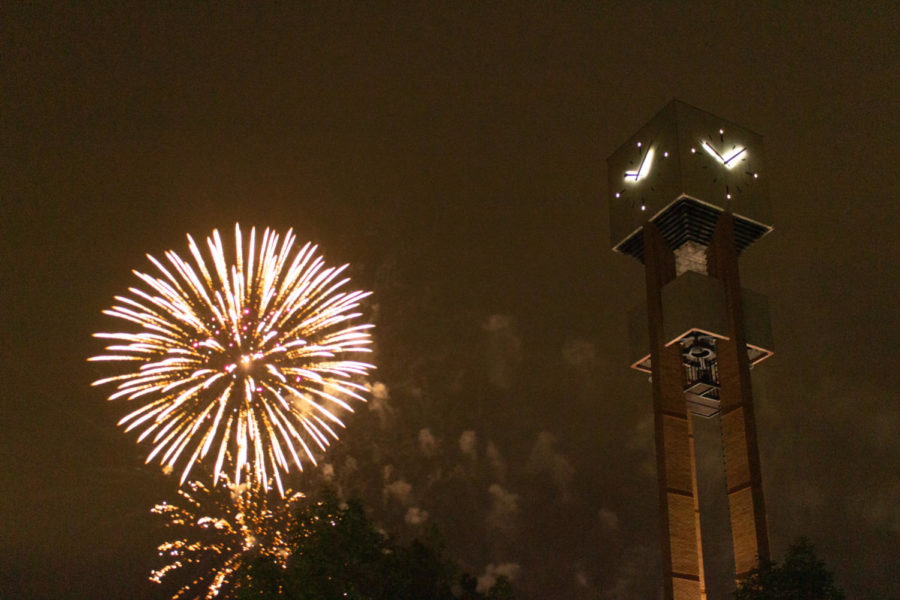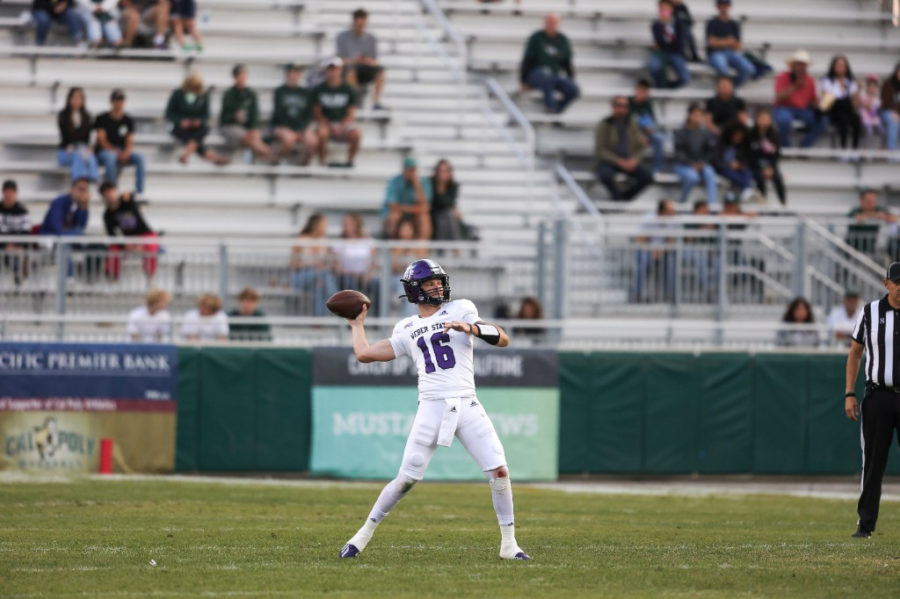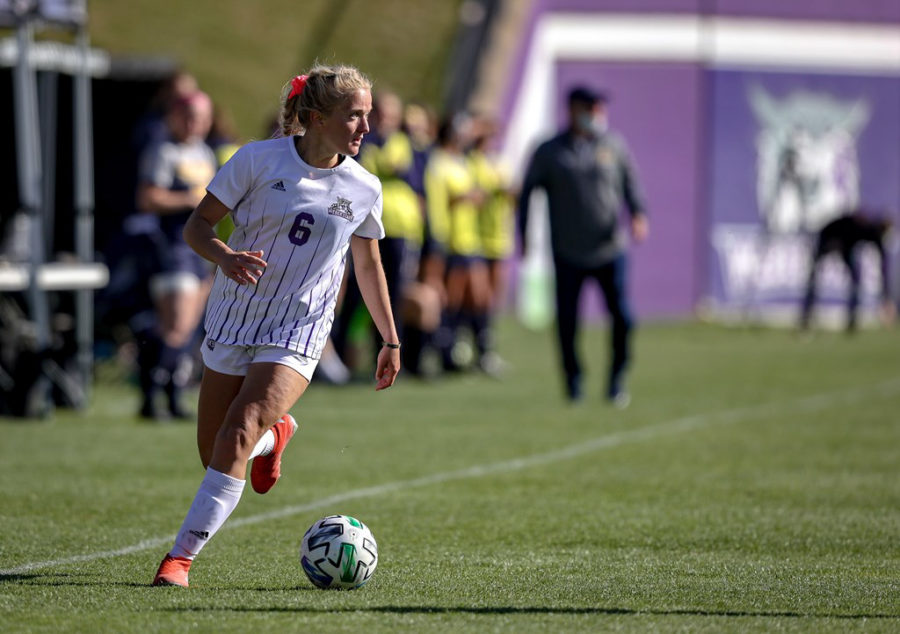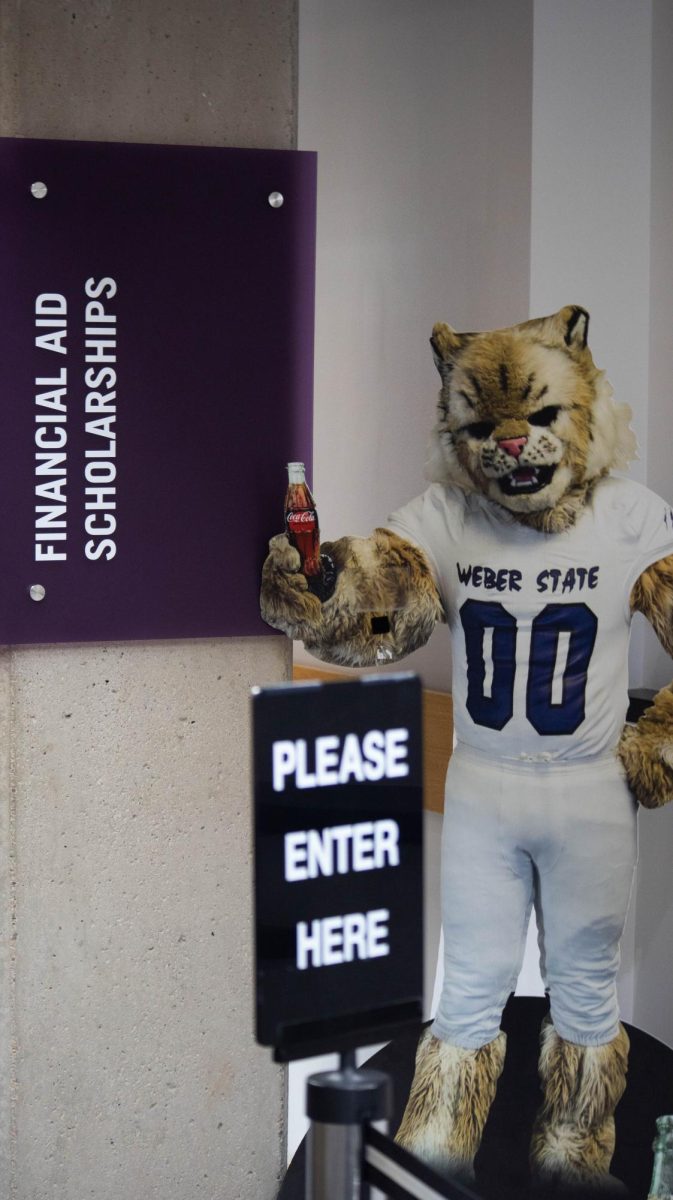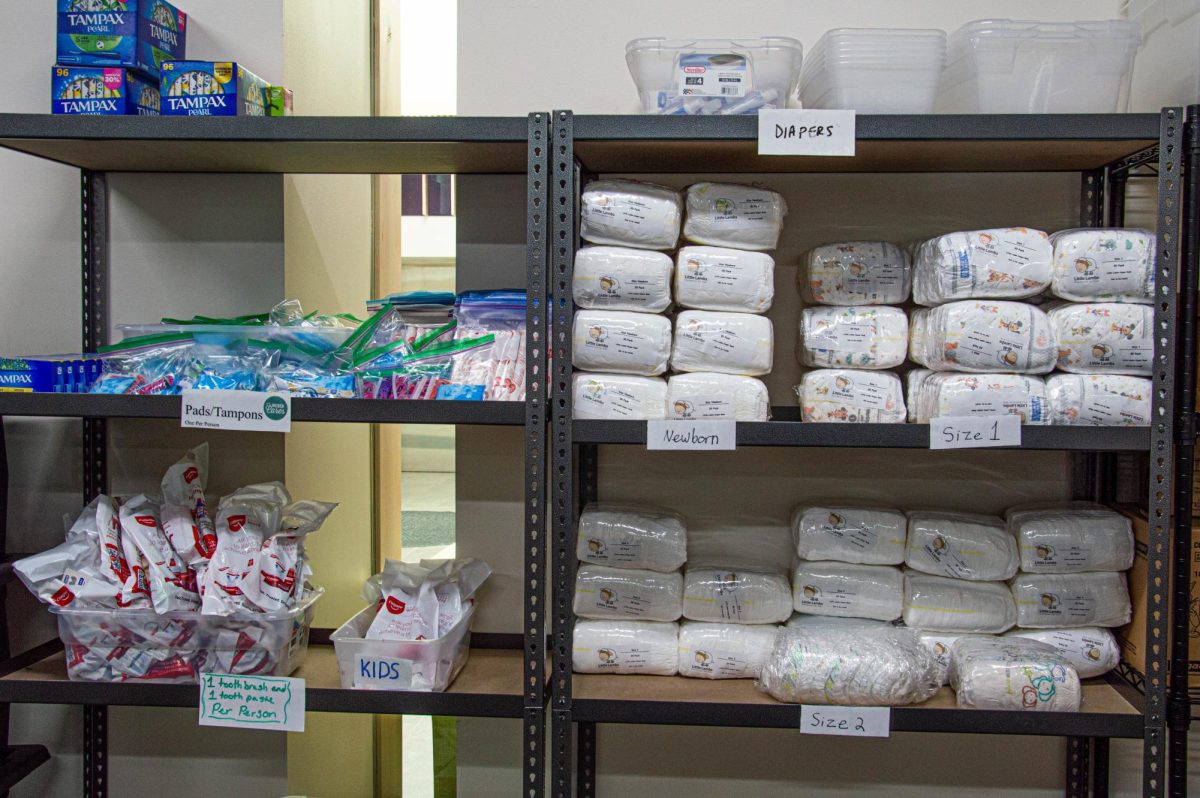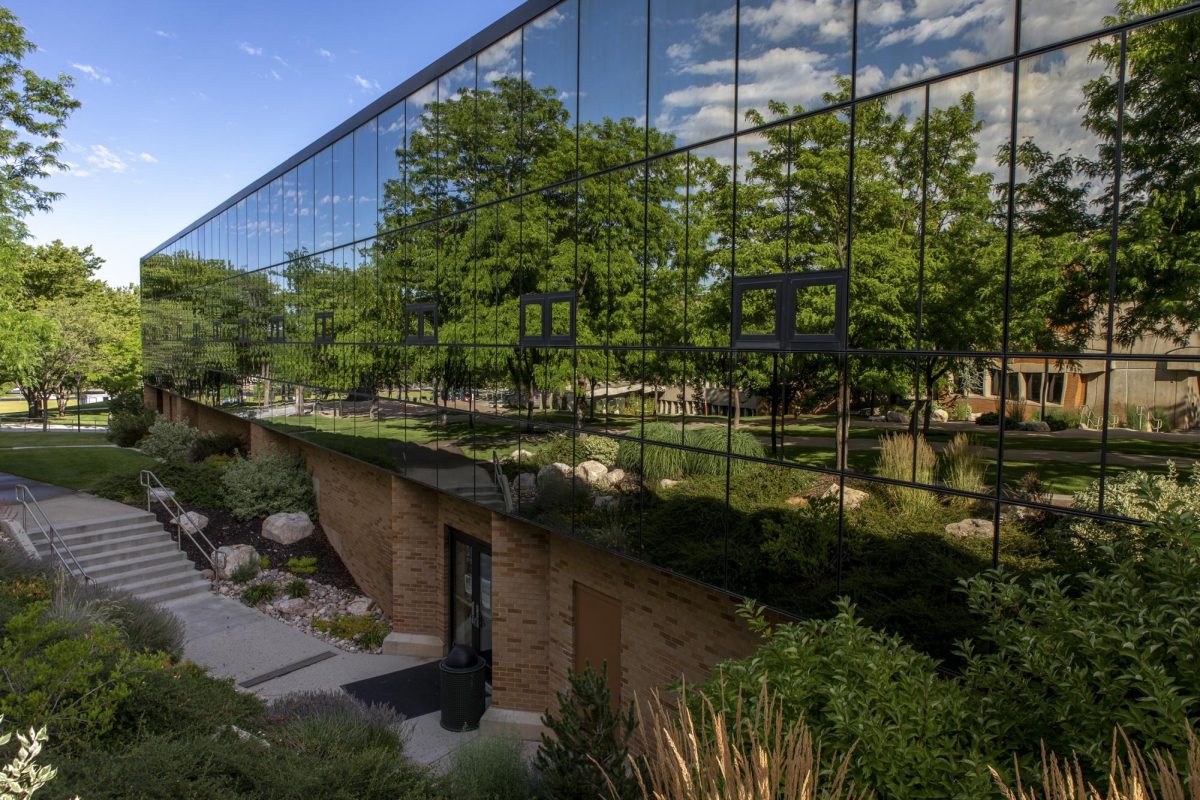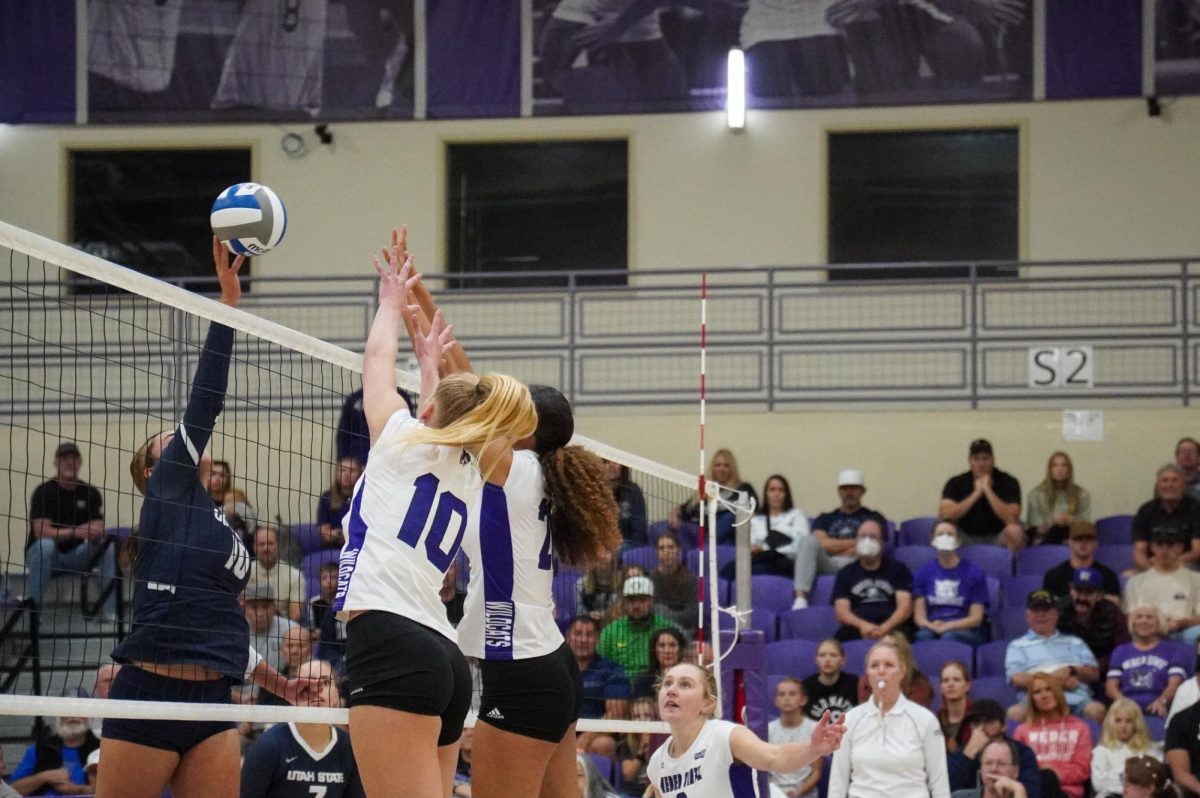A big part of moving from high school to college, in the movies at least, is living on campus. Weber State University, however, is largely a commuter school.
True, there are plenty of dorms for those who choose to stay there, but a significant portion of the student population at WSU commutes from off-campus.
The cheapest way, by far, is to take UTA transit, which WSU students ride for free.
The Wildcat Services and Information Center Desk in the Shepherd Union on the main campus and the Student Services Desk at the Davis campus can both provide enrolled students with their Premium Transit Pass free of charge.
The pass lets students ride Trax, Frontrunner and regular and express bus routes, excluding Ski, Paratransit and the Park City Connect routes.

Buses run to and from Weber from the University of Utah main campus, Brigham City, Layton and a number of cities in between.
There’s also the WSU Fast Bus that runs directly back and forth between the Ogden Transit Center and WSU Main, timed to ensure students catch the Frontrunner.
The Express Bus from Salt Lake City to WSU Main runs in the mornings at peak commute hours.
One of the biggest selling points for public transit, according to Eddy Cumins, regional manager at the Ogden Transit Center, is that students can better utilize their time en route.
“You can be productive on the train or bus,” Cumins said. “Meaning you can study, you can do homework, you can do those things. … You can leave the driving to UTA.”

Taking public transit also improves air quality, an issue all too relevant in Utah.
For students who can’t take the bus or the train, another option is ridesharing through programs such as Lyft or Uber.
These apps let students get picked up from almost anywhere, at almost any time. Something to note, though, is the price.
Ridesharing has a reputation for being expensive. At peak travel times of the day, a ride from WSU Main to the Farmington campus can cost up to $50 per student, and that’s on the cheap end.
While it might work in a pinch, ridesharing isn’t necessarily the easiest on a student’s budget.
Finally, if all else fails, students fortunate enough to have their own car can always drive themselves to class, an especially convenient option for those commuting to Davis campus.
According to Dean of Student Services at the Davis Campus Jennifer Grandi, because there isn’t a shuttle between the two campuses and the UTA route that stops at both is indirect, the fastest option is to drive.
“It’s actually quite easy to get to the Davis Campus,” Grandi said. “Freeway access is good, the parking is much easier, it’s a smaller campus (and) it’s not as crowded.”
Of course, parking at the main campus, as veteran students know, can be a nightmare, which is why WSU employs a shuttle that travels from the Dee Events Center on Harrison Boulevard to the main campus.

According to Fleet Manager Mike Whetton, the shuttles run Monday through Friday, 6:30 a.m to 9 p.m.
In the mornings, the shuttles run every three to five minutes, and after around four o’clock, they run about every five to ten minutes, Whetton said.
“We just don’t have enough parking on campus,” Whetton said, “(but) we have plenty at the Dee Events Center.”
It’s also cheaper to park exclusively at the Dee, with yearly permits costing only $27, compared to a $76 W Permit.
Students who drive to either campus can, of course, save money and help the environment by carpooling and utilizing the HOV lane on the freeway.
Whenever you have class and whichever campus you’re attending, there are definitely options for getting around town, with or without your own car.








